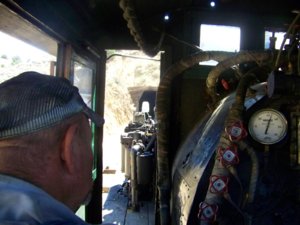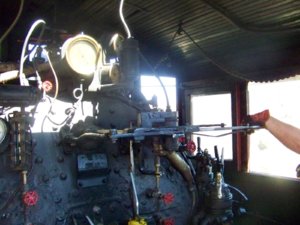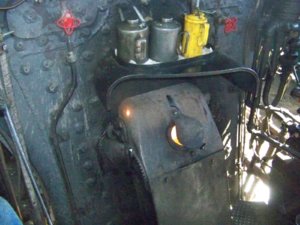I've been thinking about what I am: A Prototype Modeler; or, a Freelance Modeler. Although I have chosen a prototype to model, the Northern Pacific, I just can't think of myself as a Prototype Modeler. I model the N.P. but the countryside my railroad runs through is a totally fantasy. The town on my model railroad is called Butte Montana,; but, in reality looks nothing like the Real Butte!
My definition of what a prototype modeler is, is someone who not only models a specific railroad, but also models the specific country side the prototype runs through. To my way of thinking, this would be far to restricting, only a tiny portion of the real railroad can be modeled, maybe only a few hundred feet to maybe two to three miles of the right of way.
My definition of what a Freelance Modeler is, is someone who may; or, may not model a prototype. His layout might; or might not include real locations. Their layout would probably have far more points of interest: Bridges, Tunnels, Mountains, towns, other, than hundreds of miles on the prototype.
I think at best my layout could be considered Proto-Lanced.
So, what is yours?




